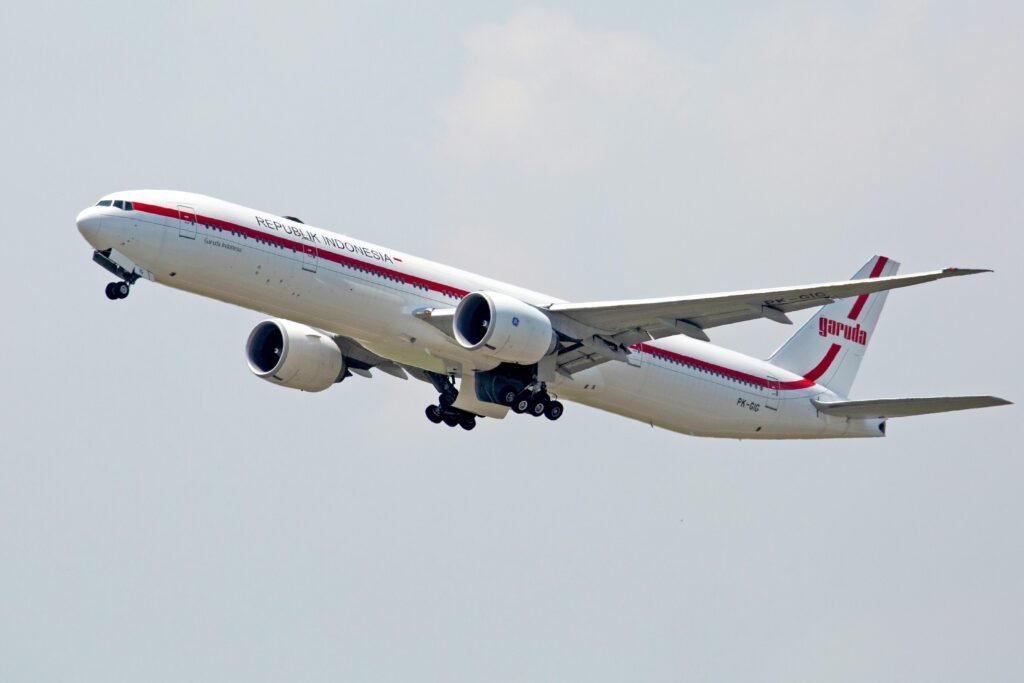Basic eleavtor of aircraft
- AeroDrive Venture
- December 12, 2024
- Category : Automotive
While we’ve discussed the basic idea of elevators before, let’s dive deeper into the history and mechanics of basic elevator systems in aviation. These systems are the building blocks that shaped modern flight, demonstrating the brilliance of early aviation pioneers.

Basic Elevator Systems – Technological Foundations
Flying wasn’t always as smooth as it is today. Early airplanes were like mechanical beasts that pilots had to wrestle through the sky. The first elevators were simple but ingenious—essentially just pieces of fabric or metal that pilots manually moved to control their aircraft’s pitch.

In the early days of aviation, controlling an airplane was a test of pure strength and skill. Imagine steering a plane with nothing more than cables, pulleys, and your own muscle power. Pilots weren’t just flying; they were literally fighting against the wind, using mechanical linkages—the system of rods and connectors—to move the elevator. These linkages and pulley configurations, which are systems of wheels that guide the cables, required significant effort to operate.
These basic elevator systems transformed flying from a daredevil’s dream into a realistic mode of transportation. Each cable and pulley was a small victory in the quest to understand flight in three-dimensional space.
Historical Context
Early aviation pioneers were not just building planes—they were inventing entirely new control systems. Innovators like the Wright brothers turned the impossible dream of human flight into a controllable reality. Their elevator mechanisms were groundbreaking for their time.
Features of Early Elevator Systems

- Cables are used to connect the pilot’s controls to the elevator.
- Pulleys -Guided the cables for smooth movement.
- Linkages for translating the pilot’s hand movements directly to the elevator.
- There were no computers or electronics, just pure mechanical engineering.
Technical Highlights

Key aspects of these systems:
- The initial design was based on purely mechanical control systems.
- The control mechanism involved direct connections with cables and pulleys, which were linked to the elevator.
- Operating these controls required significant physical strength from the pilot.
- While the precision was relatively low compared to modern systems, it was adequate for early flight.
- The level of innovation was groundbreaking for its time.
Visual Aids Suggestion
To better understand this, imagine or use an image of an early biplane with visible control cables running from the cockpit to the tail. A diagram of a simple pulley system used in these planes would also help visualize the ingenuity behind the design.
Conclusion
These basic elevator systems were the starting point for the advanced flight controls we have today, showing that even the simplest ideas can lead to amazing achievements. Their development is a true example of human creativity and innovation, showing how we moved from manually controlling planes to designing machines that navigate the sky with incredible precision and smoothness.
